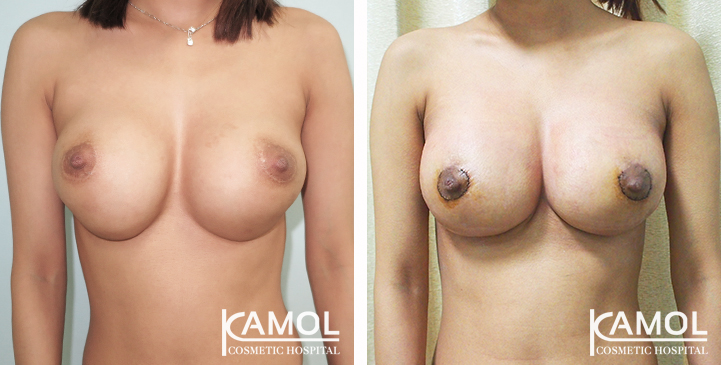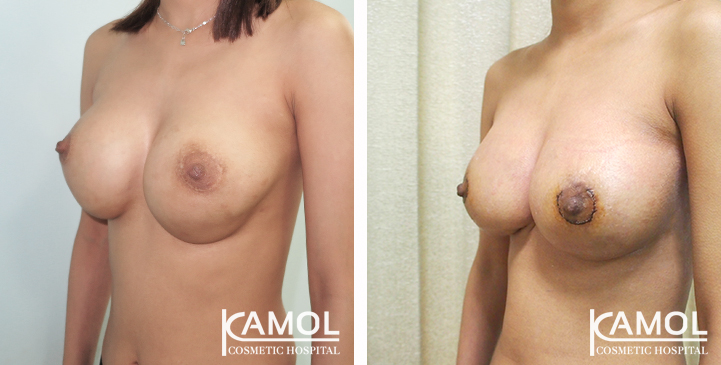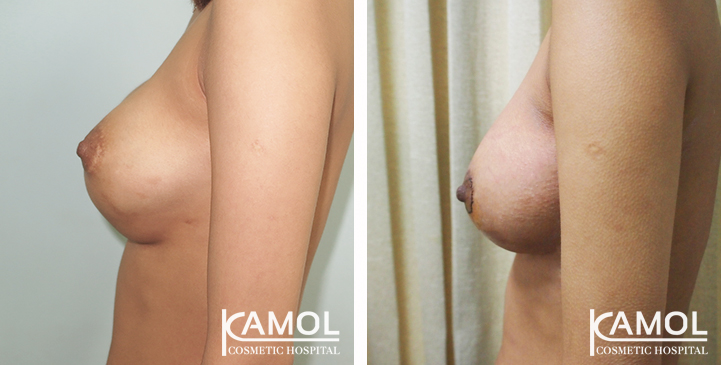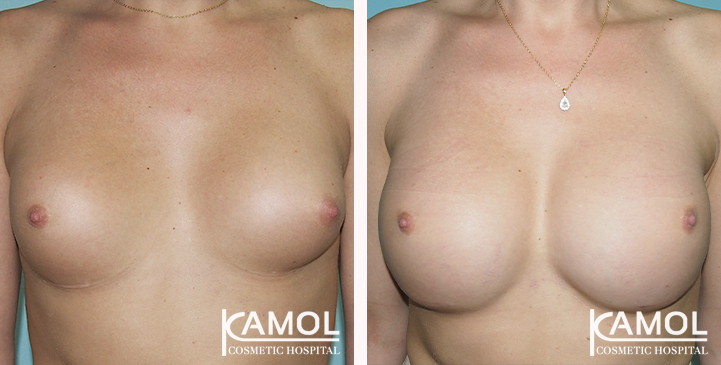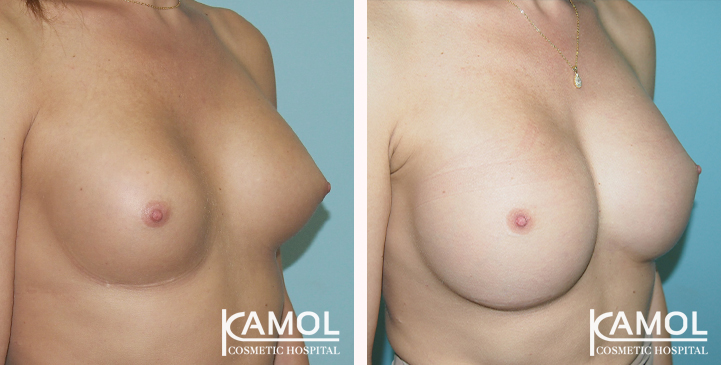تصحيح التليف الكبسولي
التليف الكبسولي هو من المضاعفات الشائعة التي قد تحدث بعد جراحة تكبير الثدي. يحدث عندما يصبح النسيج المحيط بزراعة الثدي أكثر صلابة، غالبًا نتيجة لتفاعل جهاز المناعة مع المادة الأجنبية في الزرعة. هذه الصلابة يمكن أن تجعل الثدي يشعر بالصلابة ويظهر بحجم وشكل غير طبيعي.
هناك أربع درجات من التليف الكبسولي وفقًا لنظام تصنيف بيكر:
الدرجة الأولى: الثدي ناعم ويظهر طبيعيًا من حيث الحجم والشكل.
الدرجة الثانية: الثدي صلب قليلًا ولكن يظهر طبيعيًا.
الدرجة الثالثة: الثدي صلب ويظهر غير طبيعي.
الدرجة الرابعة: الثدي قاسي، مؤلم عند اللمس، ويظهر غير طبيعي.
إذا كنت تعاني من التليف الكبسولي وتشعر بعدم الراحة أو عدم الرضا عن مظهر ثدييك، فقد تكون جراحة التصحيح ضرورية. قد تشمل هذه الجراحة إزالة الأنسجة الندبية (الكبسولة) التي تكونت حول الزرعة و/أو استبدال الزرعة بأخرى جديدة.


هناك عدة أسباب محتملة للتليف الكبسولي، بما في ذلك:
1 - تقنية الجراح: الطريقة التي يتم بها إجراء الجراحة يمكن أن تؤثر على احتمالية حدوث التليف الكبسولي. العوامل مثل التلوث وتطور ورم دموي (تجمع الدم خارج الأوعية الدموية) أثناء الجراحة يمكن أن تزيد من خطر حدوث التليف الكبسولي.
2 - مادة الزرع: جودة ونوع الزرع المستخدم يمكن أن تلعب دورًا أيضًا في تطور التليف الكبسولي. بعض المواد قد تكون أكثر عرضة للتسبب في هذه المضاعفات من غيرها.
3 - العوامل الفردية للمريض: جهاز المناعة لدى المريض واستجابته للمادة الأجنبية للزرع يمكن أن تساهم أيضًا في تطور التليف الكبسولي.
من المهم التحدث مع الجراح بشأن المخاطر والمضاعفات المحتملة لجراحة تكبير الثدي، بما في ذلك احتمال حدوث التليف الكبسولي. سيكون الجراح قادرًا على مناقشة الخطوات التي يمكن اتخاذها لتقليل خطر حدوث هذه المضاعفة.
هناك عدة خطوات يمكن اتخاذها لتصحيح هذه الحالة.
1 - تقطيع الكبسولة: هي إجراء جراحي يقوم فيه الجراح بتوسيع الكبسولة حول الزرع. تُستخدم هذه التقنية عادةً لحالات التليف الكبسولي الخفيفة إلى المتوسطة، أو الدرجات 1-2. خلال الإجراء، يقوم الجراح بعمل شق في الكبسولة ومدها برفق للسماح للزرع بالتحرك بحرية أكبر.
2 - استئصال الكبسولة: هي إجراء أكثر تعقيدًا يقوم فيه الجراح بإزالة الكبسولة بالكامل التي تكونت حول الزرع. تُستخدم هذه التقنية عادةً للحالات الشديدة من التليف الكبسولي، أو الدرجات 3-4. يقوم الجراح بعمل شق في الثدي وإزالة الكبسولة، مع استبدال الزرع إذا لزم الأمر.
كلا الإجراءين يتم عادةً تحت التخدير العام وقد يتطلبان إقامة قصيرة في المستشفى. من المهم اتباع تعليمات الجراح بعد الجراحة بعناية لضمان الشفاء السليم وتقليل خطر المضاعفات
قبل وبعد جراحة تعديل التليف الكبسولي
